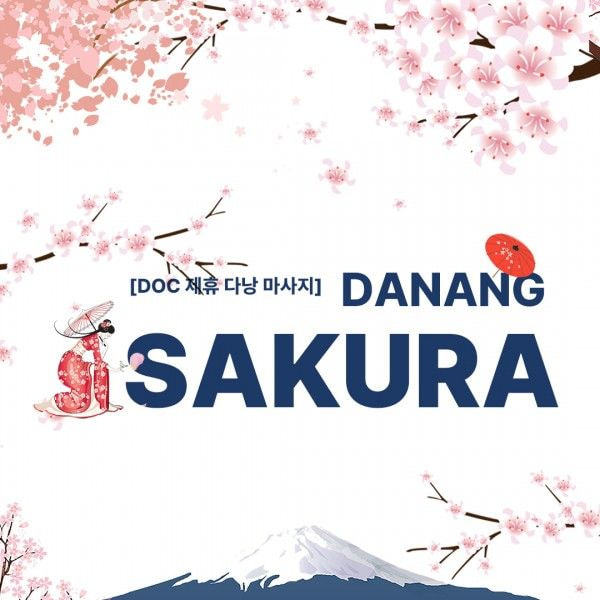Wine Tasting
페이지 정보

본문
Wine Tasting
What is the tasting process?
The tasting process in wine tasting entails a quantity of key steps that assist consider and 하이오피주소 respect the complexities of wine. Here’s a breakdown of every stage:

1. Observation
Begin by examining the wine’s look. This contains:
- Color: Observe the hue, which can present insight into the age and sort of the wine.
- Clarity: Look for any cloudiness or sediment.
- Viscosity: Swirl the wine and observe the legs that kind on the glass; thicker legs might point out higher alcohol content or sweetness.
2. Swirling
Gently swirl the wine in the glass to aerate it, which boosts its aromas. This action encourages volatile compounds to flee, enriching your sniffing expertise.
3. Smelling
Bring the glass to your nostril and take a deep breath. Identify totally different aromas, which may vary from fruity, floral, spicy, to earthy. Think about:
- Intensity: How sturdy are the aromas?
- Complexity: Are there multiple layers of scents?
4. Tasting
Take a small sip of the wine and let it coat your palate. Focus on:
- Flavor: What flavors do you detect? Are they much like the aromas?
- Body: Is the wine mild, medium, or full-bodied?
- Balance: Consider the connection between acidity, sweetness, tannins (in reds), and alcohol.
- Finish: Pay consideration to the aftertaste; does it linger? What flavors remain?
5. Reflecting
Take a second to appreciate the general experience. Consider how the wine makes you feel and whether or not you want to enjoy it again. Document your impressions if you’re tasting a number of wines!
Following these steps can improve your wine-tasting experience, allowing you to understand the intricacies of different varieties and kinds.
What is wine tasting session?
A wine tasting session is an organized occasion where individuals can sample and consider varied wines. It is an opportunity to discover totally different wine varieties, perceive their distinct flavors, and study concerning the wine-making course of.
Key Components of a Wine Tasting Session
- Selection of Wines: A variety of wines are chosen for the tasting, typically specializing in a specific region, grape selection, or style.
- Tasting Techniques: Participants are guided on tips on how to properly style wine, which includes wanting, smelling, and sipping to analyze the wine’s traits.
- Food Pairings: Some sessions might embody meals pairings, enhancing the tasting experience by demonstrating how sure foods complement specific wines.
- Expert Guidance: Typically, a sommelier or wine expert leads the session, providing insights and answering questions about every wine.
Common Objectives of Wine Tasting
- To develop an appreciation for different wine types and flavors.
- To educate participants about wine regions, grape varieties, and manufacturing strategies.
- To identify personal preferences for wines.
- To foster social interaction amongst participants via a shared expertise.
Overall, a wine tasting session is both an academic and enjoyable occasion, excellent for wine fanatics and novices alike.
Is wine tasting formal?
Wine tasting can vary in formality depending on the setting and event. In some circumstances, it may be fairly formal, happening in upscale environments where particular protocols are followed. This may embrace guided tastings led by sommeliers, with a focus on the wine's characteristics and pairing recommendations.
On the opposite hand, wine tasting can be an informal expertise, such as at festivals, informal gatherings, or residence tastings with friends. In these situations, the emphasis is usually more on enjoyment and exploration rather than strict rules.
Formal Wine Tasting
In a proper wine tasting, members might gown up, adhere to a schedule, and take part in structured evaluations of various wines. The use of particular terminology and the presence of a facilitator is frequent. Tasting notes may be taken, and meals pairings are often included to boost the expertise.
Casual Wine Tasting
Conversely, casual wine tasting permits for extra flexibility. Participants may simply pour and sip without any predefined structure or guidelines. Discussions may be casual, specializing in personal preferences and experiences quite than technical details.
Ultimately, whether a wine tasting is formal or casual can depend on the context and the preferences of these concerned.

- 이전글A Step-By-Step Instruction For Mesothelioma Asbestos Claims 25.01.28
- 다음글ChatGPT auf Deutsch: die Zukunft des Kundenservice und der Interaktion 25.01.28
댓글목록
등록된 댓글이 없습니다.